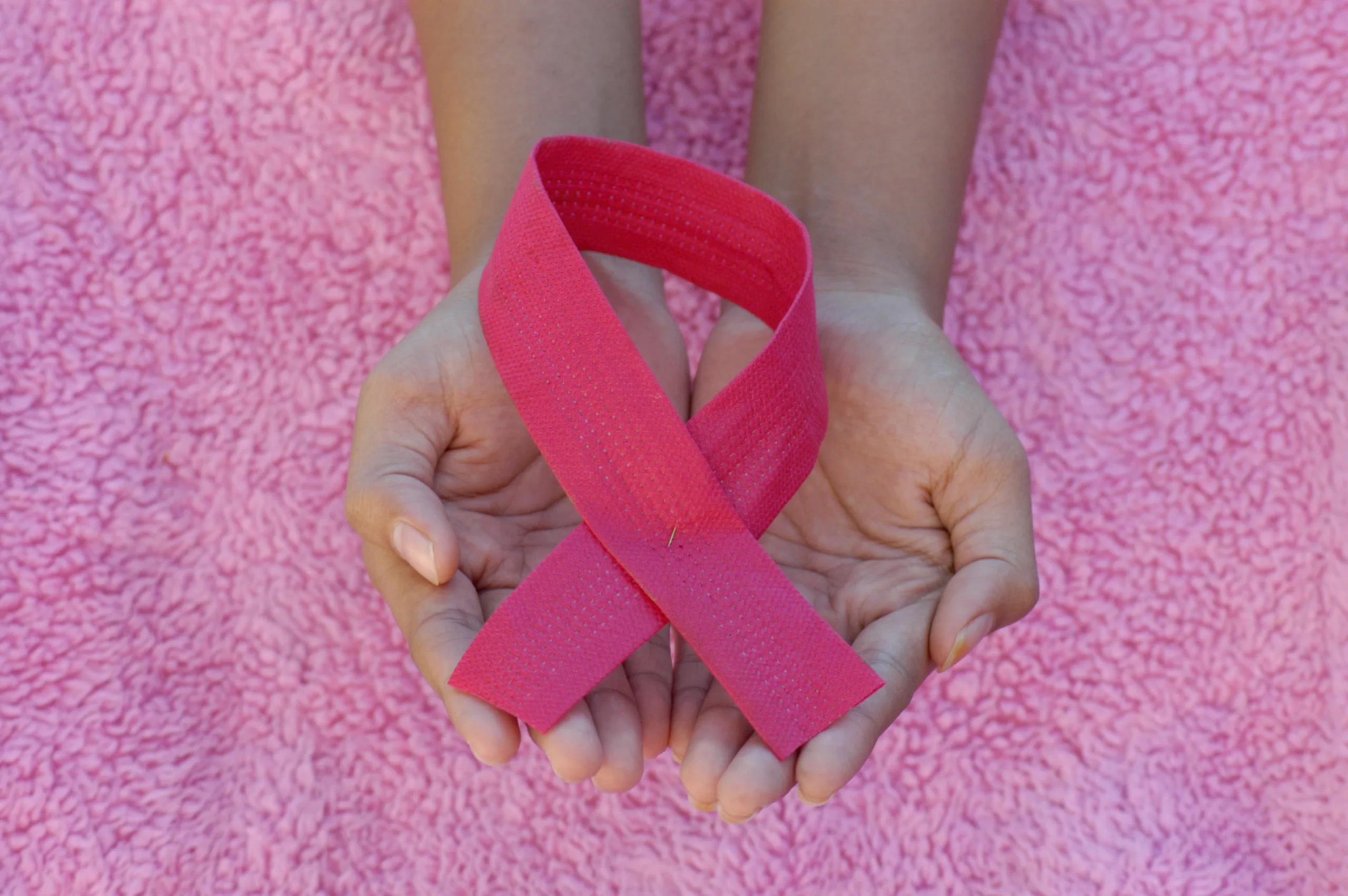Breast Cancer Risk Assessment: Tools and Score
When it comes to breast cancer, early detection is key. By identifying the risk factors associated with this disease, healthcare professionals can provide personalized care and preventive measures to individuals. One of the ways to determine the likelihood of developing breast cancer is through the use of breast cancer risk assessment tools and scores.
What is a Breast Cancer Risk Assessment?
A breast cancer risk assessment is a process that helps estimate an individual’s chances of developing breast cancer. It takes into account various factors such as age, family history, genetic mutations, and lifestyle choices. By evaluating these factors, healthcare professionals can provide tailored recommendations for screening, prevention, and treatment.
Breast Cancer Risk Assessment Tools
Several breast cancer risk assessment tools are available to help healthcare professionals evaluate an individual’s risk. These tools use mathematical models and algorithms to calculate the likelihood of developing breast cancer over a certain period. Here are some commonly used breast cancer risk assessment tools:
Gail Model
The Gail model is one of the most widely used breast cancer risk assessment tools. It takes into account factors such as age, race, age at first menstrual period, age at first live birth, number of previous breast biopsies, and presence of atypical hyperplasia. By inputting these variables into the Gail model, healthcare professionals can estimate a woman’s absolute risk of developing breast cancer over the next five years and throughout her lifetime.
Tyrer-Cuzick Model
The Tyrer-Cuzick model, also known as the International Breast Cancer Intervention Study (IBIS) model, is another commonly used tool for assessing breast cancer risk. In addition to the factors considered by the Gail model, the Tyrer-Cuzick model also takes into account other variables such as family history of breast cancer, previous breast biopsies, and results of genetic testing for BRCA1 and BRCA2 mutations. This model provides a more comprehensive assessment of an individual’s risk and is particularly useful for women with a strong family history of breast cancer.
Breast Cancer Surveillance Consortium (BCSC) Risk Calculator
The BCSC Risk Calculator is a web-based tool that estimates a woman’s five-year and lifetime risk of developing invasive breast cancer. It incorporates various risk factors such as age, race, family history, previous breast biopsies, and breast density. The calculator provides an individualized risk assessment and can be a valuable resource for both healthcare professionals and individuals seeking to understand their breast cancer risk.
Breast Cancer Risk Assessment Score
A breast cancer risk assessment score is a numerical value that represents an individual’s estimated risk of developing breast cancer. The score is calculated based on the information provided by the risk assessment tools. The higher the score, the higher the estimated risk of developing breast cancer.
It’s important to note that a breast cancer risk assessment score is not a definitive diagnosis of breast cancer. It is merely a tool to help healthcare professionals and individuals understand the level of risk. A high score does not necessarily mean that an individual will develop breast cancer, and a low score does not guarantee that an individual will not develop breast cancer.
Based on the risk assessment score, healthcare professionals can recommend appropriate screening and prevention strategies. For individuals at higher risk, more frequent mammograms, additional imaging tests, or even preventive medications such as tamoxifen or raloxifene may be recommended. Lifestyle modifications, such as regular exercise, maintaining a healthy weight, and limiting alcohol consumption, can also help reduce the risk of developing breast cancer.
Conclusion
Breast cancer risk assessment tools and scores play a crucial role in identifying individuals at higher risk of developing breast cancer. By evaluating various risk factors, healthcare professionals can provide personalized care and preventive measures to reduce the likelihood of developing this disease. It’s important to remember that a risk assessment score is just one piece of the puzzle and should be used in conjunction with other clinical evaluations. Regular screenings, self-examinations, and a healthy lifestyle are essential for early detection and prevention of breast cancer.





